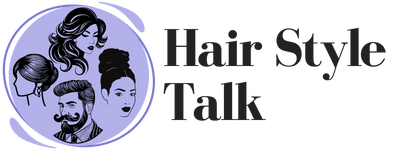Dreads and locs aren’t just hairstyles—they’re an expression of who you are.
If you’ve ever been curious about embracing locs, you’re in the right place. It’s not just about looking cool; it’s about understanding your hair’s potential and giving it the care it deserves. These 18 essential tips will give you everything you need to know to rock dreads and locs like a pro.
From the journey of starting locs to maintaining them over time, there’s a lot to learn. But don’t worry—these tips will help you avoid the pitfalls and keep your locs healthy, strong, and beautiful.
Are you ready to embrace the power and beauty of locs? With a little patience and some insider knowledge, you’ll be rocking your best hair yet.
History and Origins
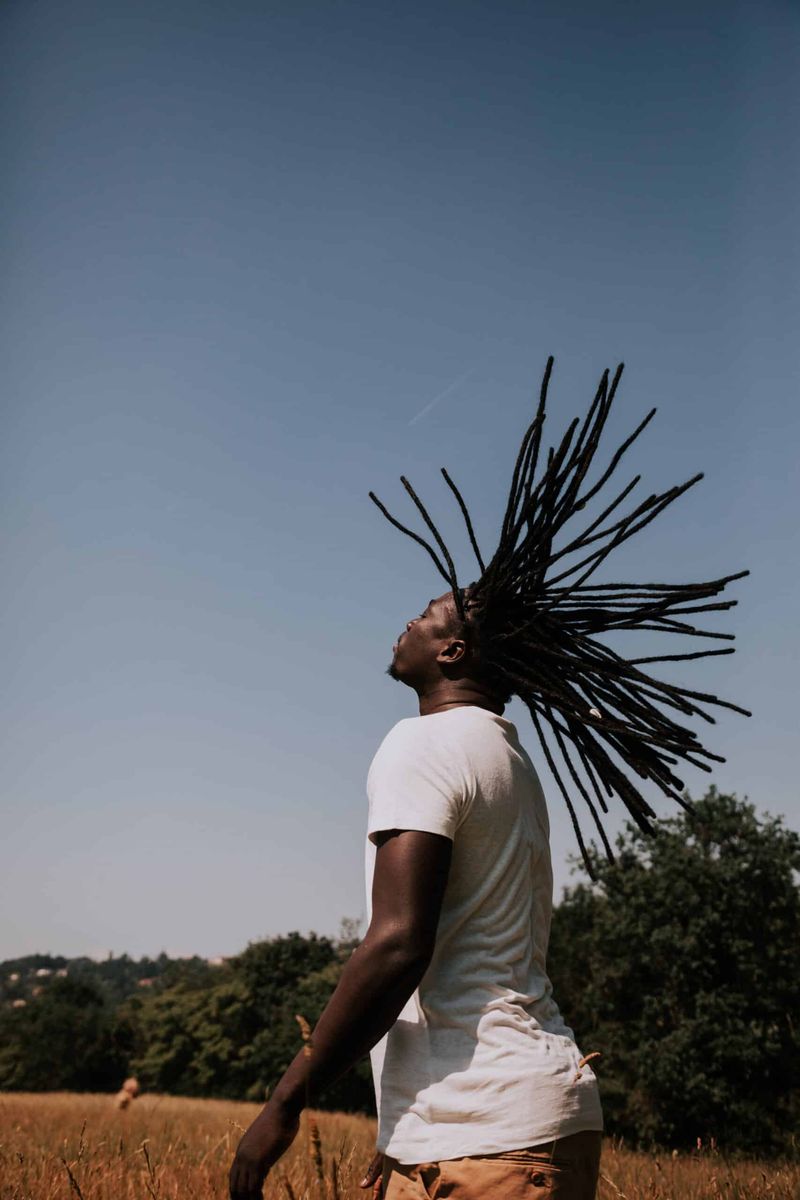
Did you know that the origins of dreadlocks date back thousands of years?
Ancient cultures from Africa, India, and even Egypt embraced this hairstyle long before it became popular in the Western world.
Each culture had its own unique reasons and meanings attached to dreads, often symbolizing spiritual beliefs, social status, or simply natural living.
Today, dreads continue to hold significant cultural weight, reflecting a rich tapestry of history and identity.
Understanding the backstory can deepen your appreciation for this fascinating hair journey.
Natural Hair Journey
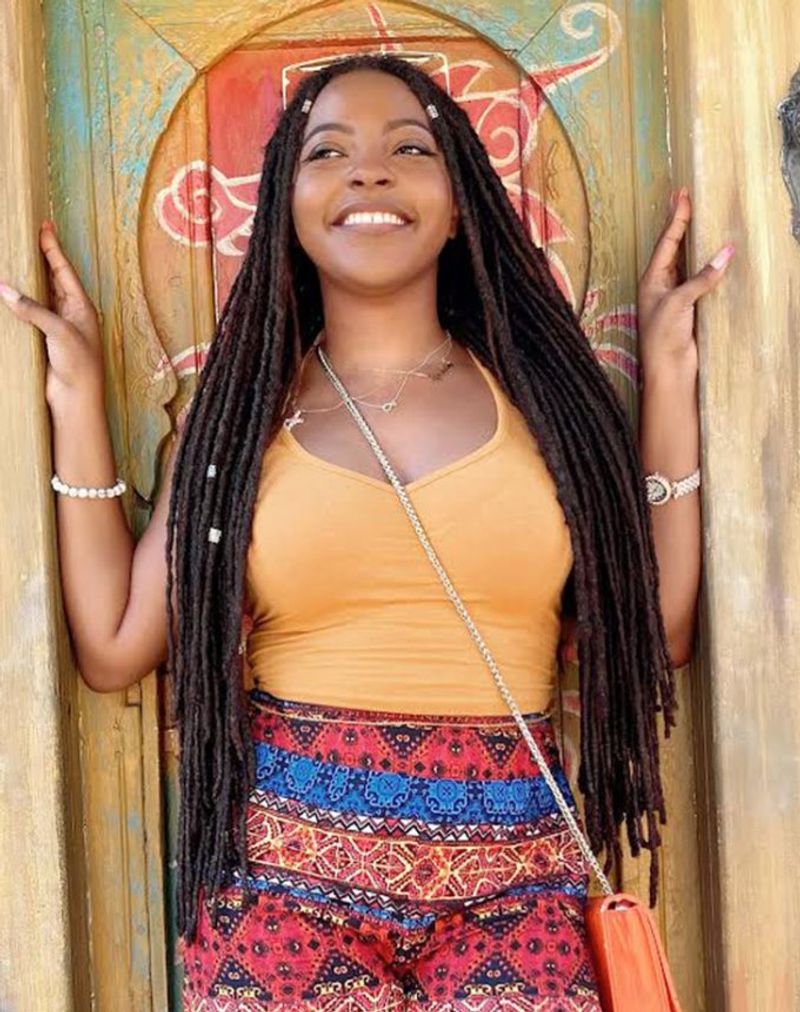
Embarking on a loc journey is more than a stylistic choice; it’s an embrace of your natural hair.
This transformation allows your hair to grow without being manipulated by chemicals or heat.
The process requires patience, as it can take months or even years for locs to fully mature.
Each stage of the journey reflects personal growth, resilience, and a connection to natural beauty.
It’s a commitment not just to a hairstyle, but to a lifestyle that celebrates authenticity and individuality.
Cultural Significance
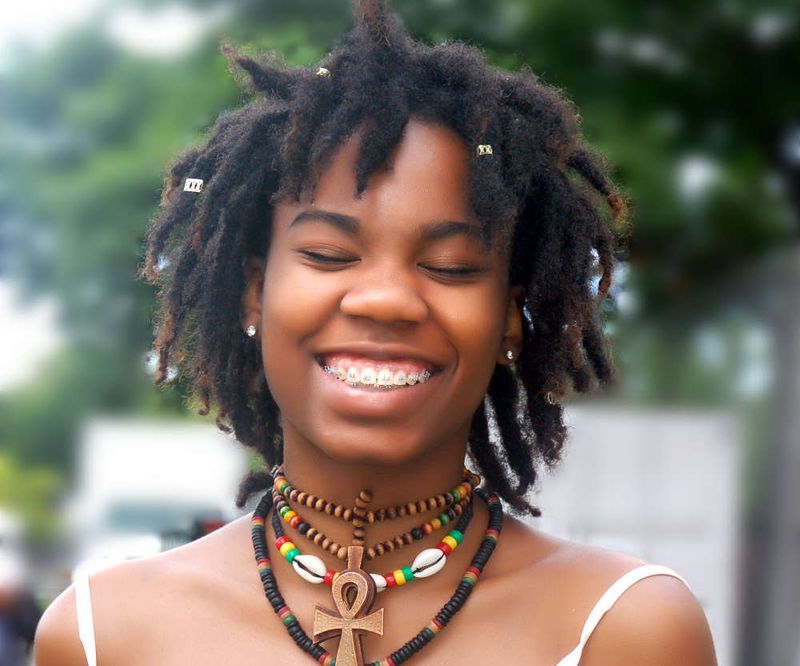
Locs are woven with cultural significance, transcending mere aesthetics.
Across the globe, they are a marker of identity and heritage.
In the Rastafarian community, locs symbolize a religious vow and a connection to African roots.
In other cultures, they may signify rebellion, personal freedom, or a deep spiritual connection.
This cultural richness makes locs a powerful form of self-expression, a statement that goes beyond the surface to touch on history, belief, and community.
Different Types of Locs
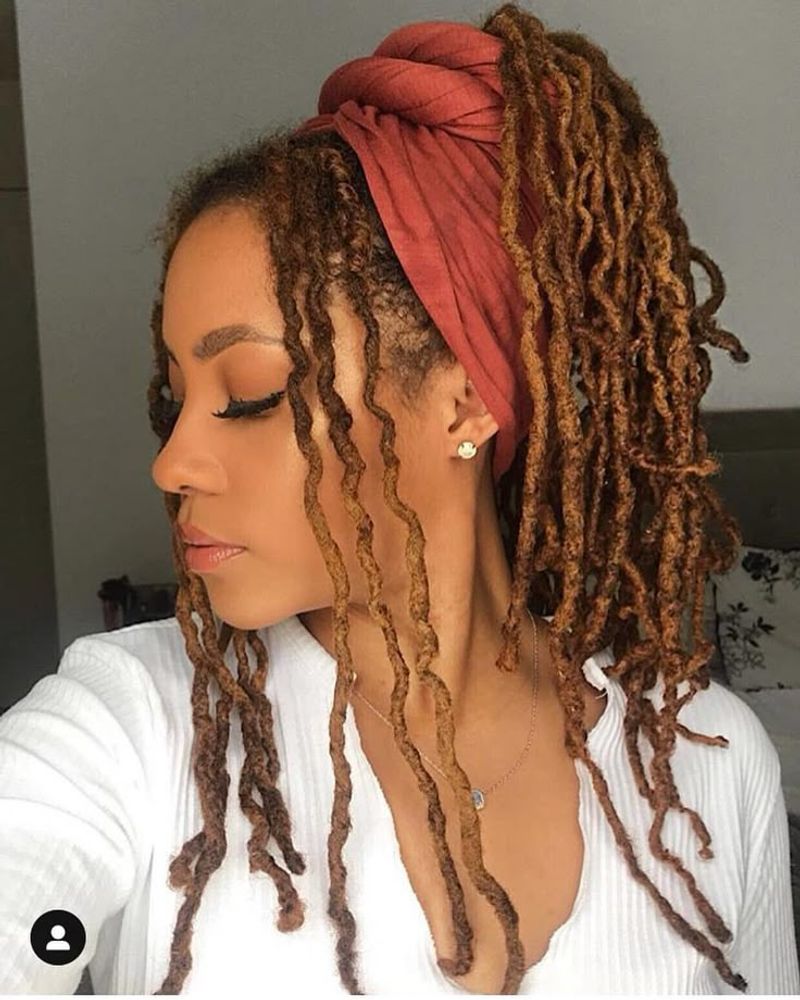
From freeform to sisterlocks, locs come in many shapes and sizes.
Freeform locs grow naturally without much intervention, allowing each strand to find its path.
Sisterlocks, on the other hand, are meticulously crafted and tend to be smaller and more uniform.
Traditional locs occupy a middle ground, often maintained with regular palm-rolling or twisting.
Understanding these types helps you choose a style that aligns with your lifestyle and personal aesthetic.
Each type offers a unique look and feel, contributing to the versatility of locs.
Maintenance and Care
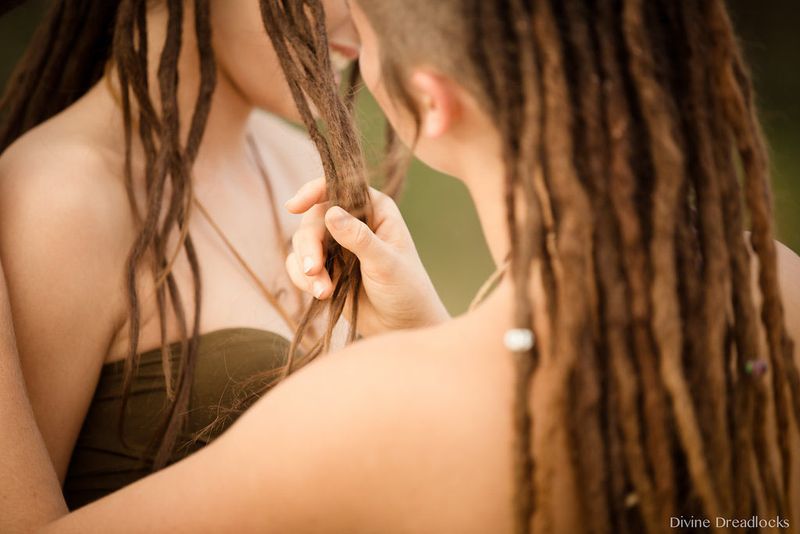
Caring for locs requires dedication and a specific routine.
Regular washing helps keep them clean, but over-washing can lead to dryness.
Using natural oils and avoiding heavy products prevents buildup and keeps your locs healthy.
Regular maintenance appointments are essential to ensure they stay neat and grow properly.
Embrace this nurturing process as a form of self-care, and you’ll find that your locs flourish under your attentive touch.
With the right care, locs remain a vibrant part of your identity.
Locs and Professionalism
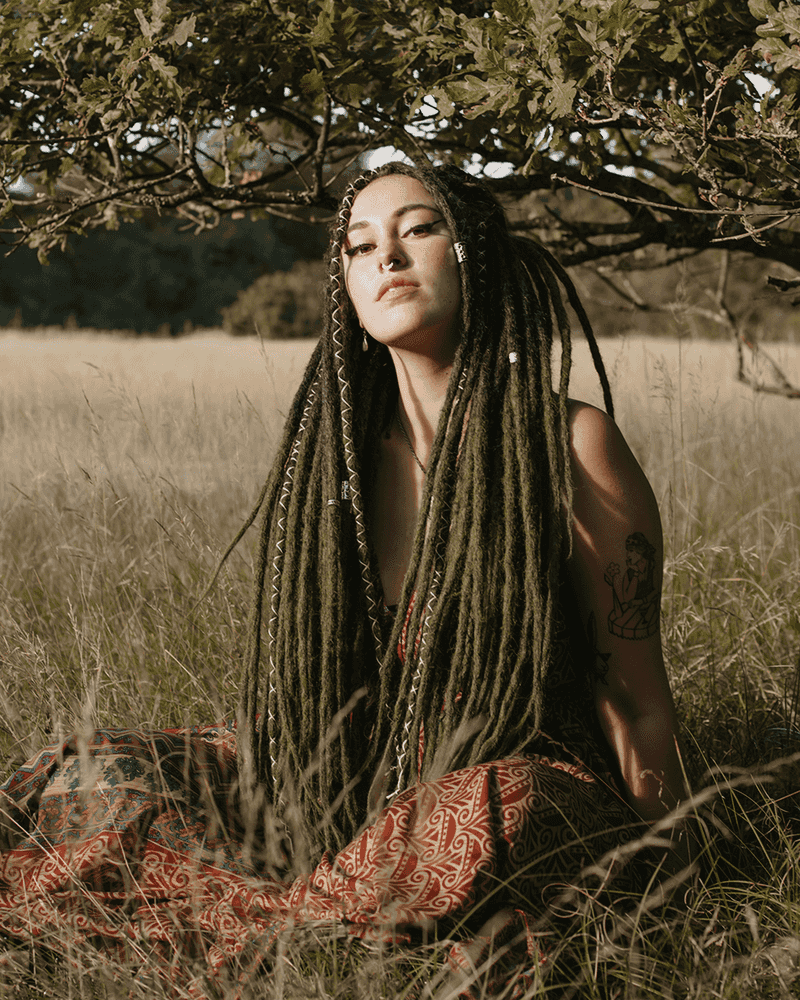
Locs in professional settings have long been a topic of discussion.
While some may view them as unprofessional, many workplaces are evolving to embrace diversity and authenticity.
Well-maintained locs can be both stylish and professional, allowing you to express yourself without compromising your career.
It’s important to understand company policies while advocating for personal expression.
As perceptions shift, locs are increasingly recognized as a legitimate, beautiful form of self-expression in professional environments.
Myths and Misconceptions
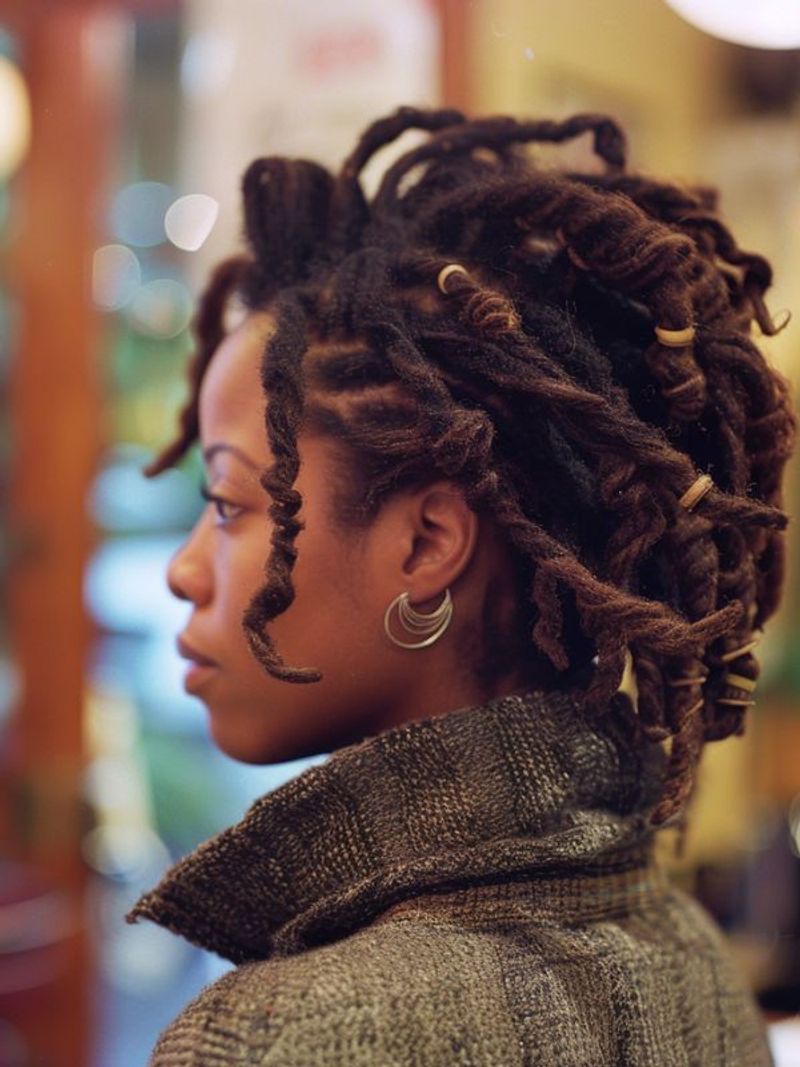
There’s a lot of misinformation surrounding locs, often fueled by stereotypes.
One common myth is that locs are unclean or difficult to maintain, which couldn’t be further from the truth.
Others believe that locs are only suitable for certain hair types, but in reality, any hair can be locked with proper technique.
Dispelling these misconceptions is key to fostering understanding and appreciation for locs.
By embracing factual knowledge, we can challenge stereotypes and celebrate the beauty and diversity of locs.
Famous Figures with Locs
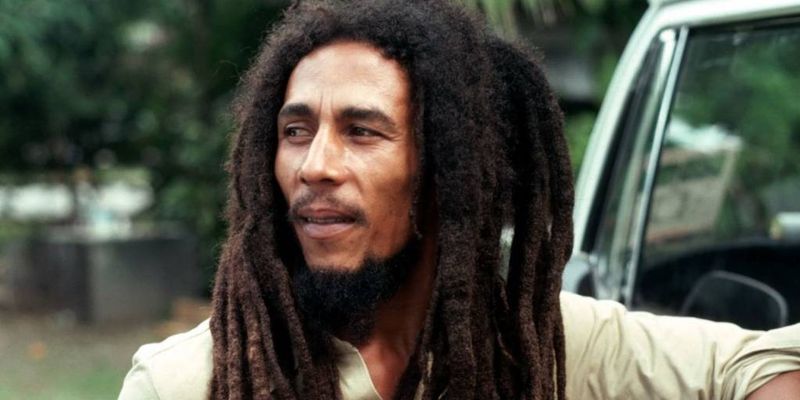
From Bob Marley to Whoopi Goldberg, many famous figures have proudly worn locs.
These trailblazers have not only reshaped the perception of locs in society but have also inspired countless individuals to embrace their natural beauty.
Their influence extends beyond aesthetics, often intertwining with activism, music, and cultural movements.
Celebrating these icons highlights the impact of locs on contemporary culture and underscores their role as a powerful symbol of individuality and change.
Locs and Spirituality
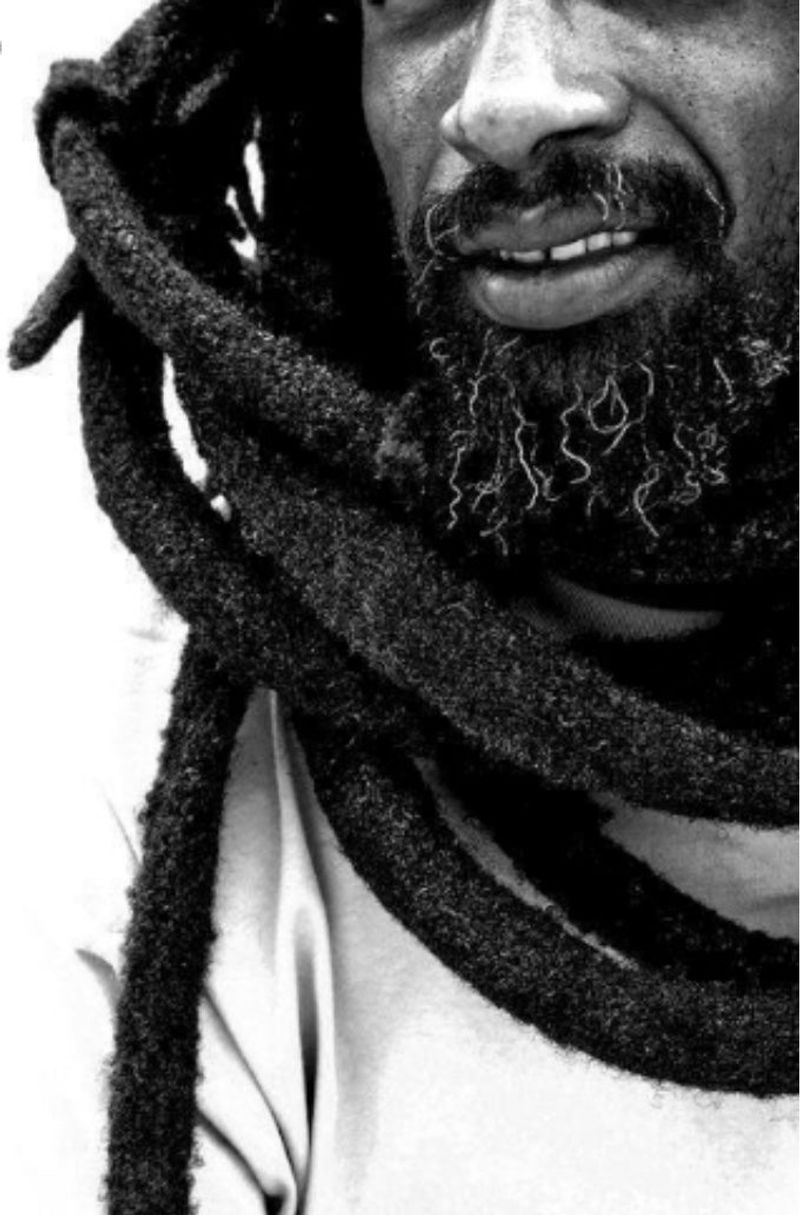
For many, locs are more than just a hairstyle; they are a spiritual journey.
In Rastafarianism, they symbolize a covenant with God and a connection to African heritage.
Other spiritual communities may view locs as a symbol of inner strength and a path to enlightenment.
This spiritual dimension of locs adds layers of meaning, turning a simple hairstyle into a profound personal statement.
Embracing locs as part of one’s spiritual practice can lead to a deeper understanding of self and a more mindful existence.
Children and Locs
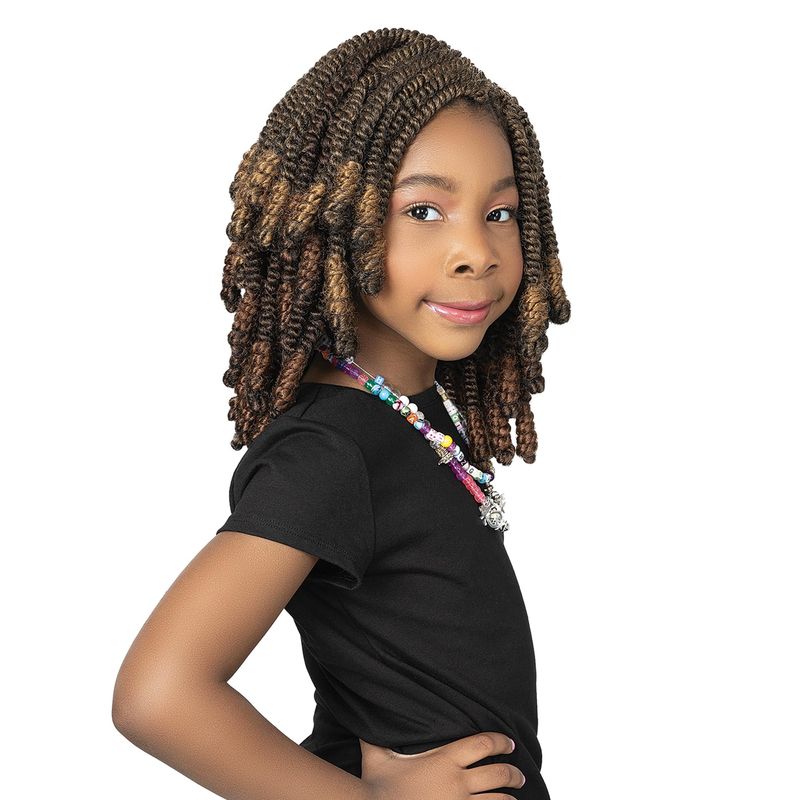
Locs can be a wonderful hairstyle choice for children, offering a low-maintenance option that embraces natural beauty.
Starting locs with kids involves understanding their hair type and ensuring they are comfortable with the process.
It can be empowering for children to grow up with locs, as they learn to appreciate their unique hair texture and cultural heritage.
Parents should focus on gentle care and positive reinforcement, turning the experience into a joyful journey that bolsters self-esteem and acceptance from a young age.
Locs and Fashion
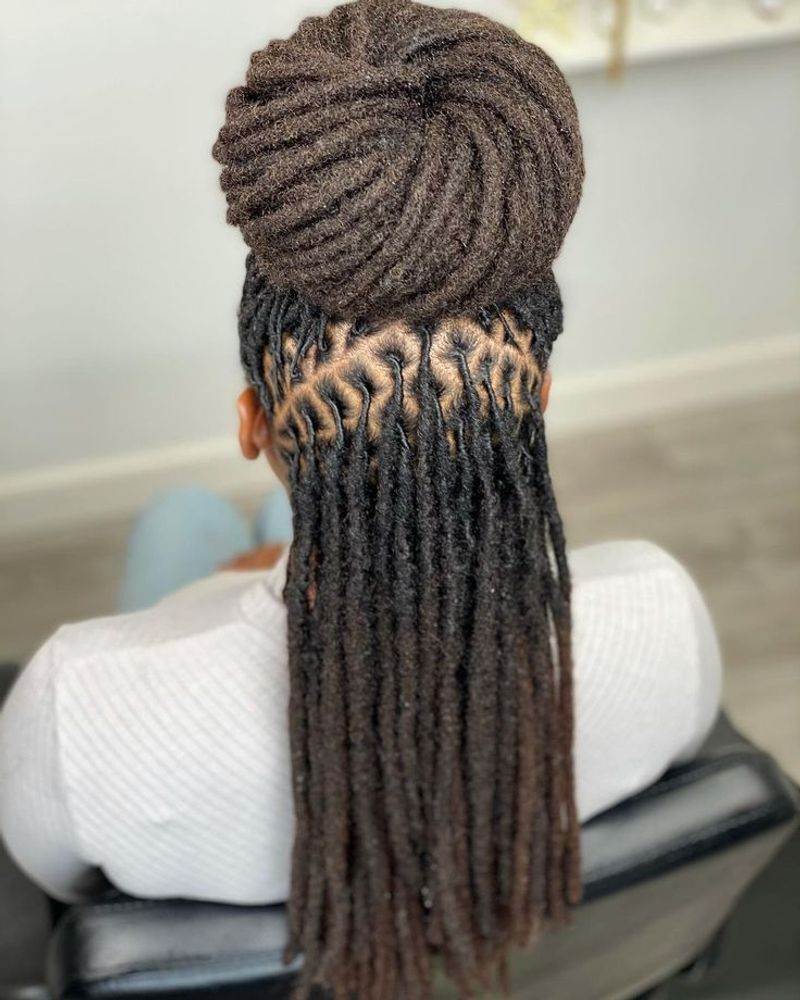
Locs are more than a hairstyle; they are a fashion statement.
From the runway to the street, locs can be styled in countless ways, complementing any look.
Whether worn up in an elegant bun or cascading down the shoulders, locs offer versatility that few hairstyles can match.
Fashion designers often embrace locs for their boldness and beauty, using them to add a unique flair to their collections.
In this way, locs transcend traditional beauty standards, embodying a modern, dynamic style that captivates.
Transitioning to Locs
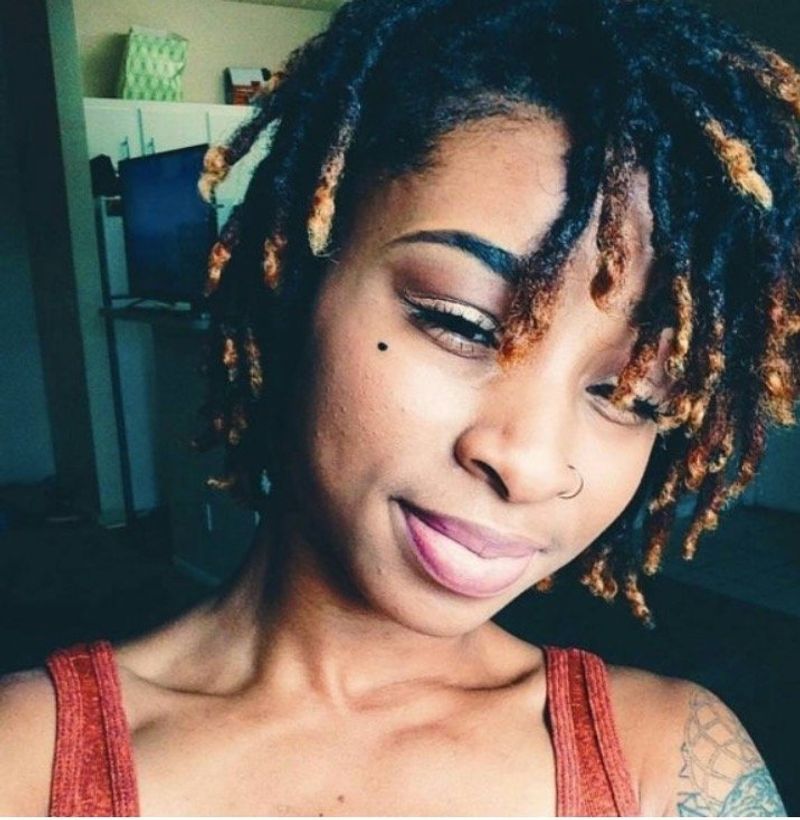
Transitioning to locs involves patience and understanding, especially if you’re moving from chemically treated hair.
The journey requires letting go of old habits and embracing new routines.
As you begin this transformation, it’s crucial to research and choose the method that aligns with your hair type and lifestyle.
Support from hair professionals can make the transition smoother, offering guidance and expertise.
Embrace this period as a time of self-discovery and growth, where each stage reveals more about your hair’s natural potential.
Personal Stories
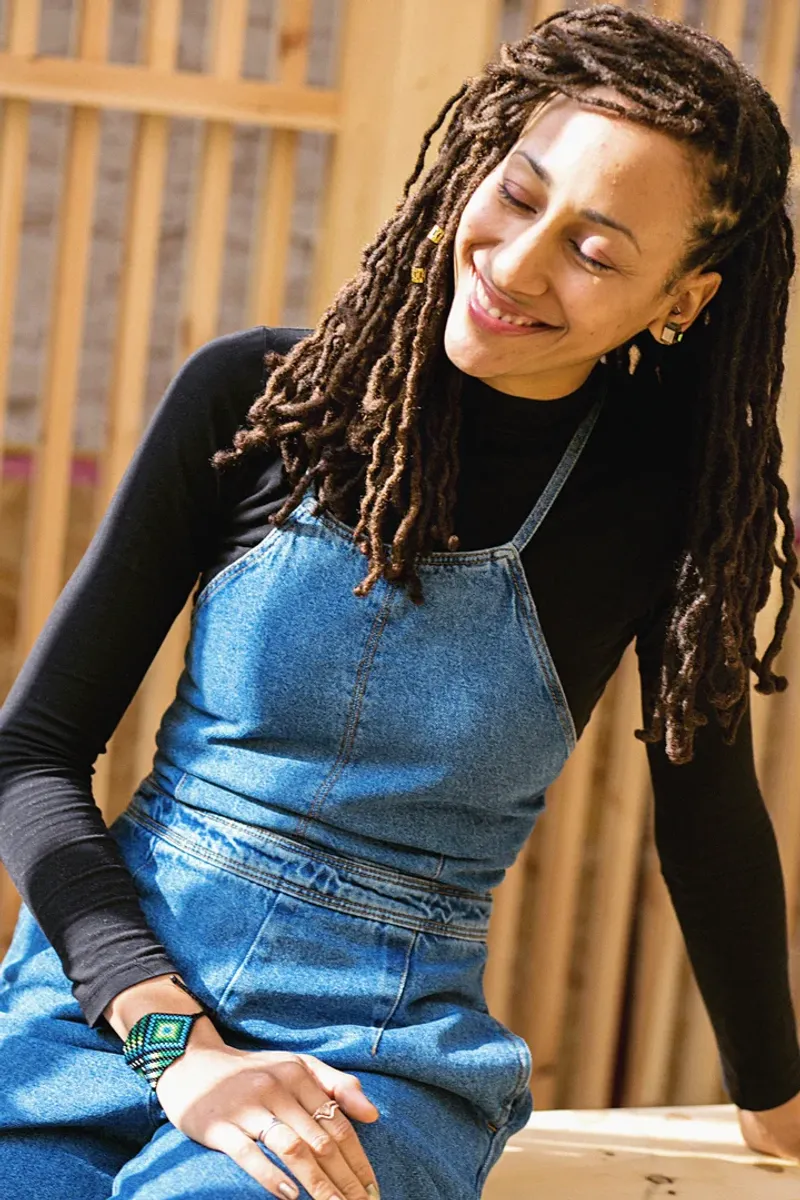
Every loc journey is unique, reflecting personal stories of triumph, resilience, and identity.
Listening to others’ experiences can be incredibly inspiring, offering insights and advice for your own path.
From overcoming societal pressures to celebrating milestones in loc growth, personal stories bring the loc community together.
They remind us that locs are more than a hairstyle; they are a reflection of our inner selves.
By sharing these narratives, we build a supportive network that encourages authenticity and self-love.
Locs and Health Benefits
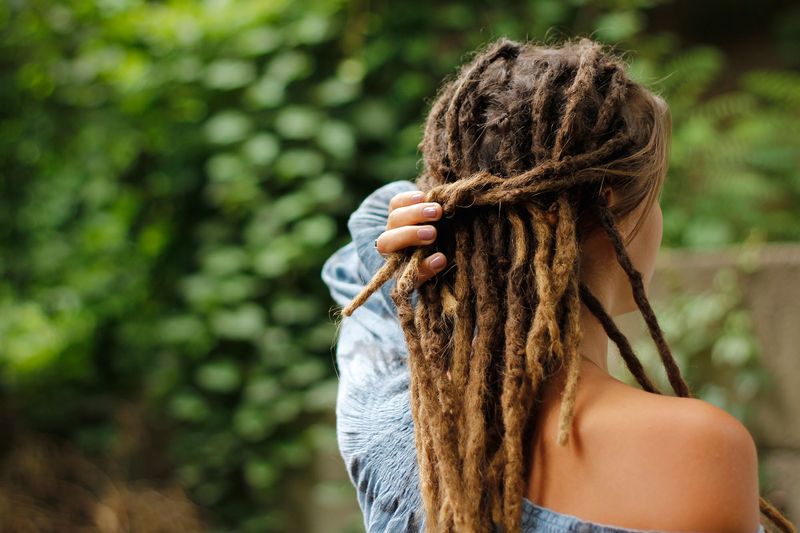
Did you know locs can offer health benefits beyond their aesthetic appeal?
Freeing your hair from constant chemical treatments and styling can lead to improved scalp health and stronger hair.
The natural look of locs reduces the need for harmful products, allowing your hair to thrive in its natural state.
This holistic approach promotes not only hair health but also mental well-being, as it encourages a positive self-image.
Embracing locs can be a step towards a healthier, more balanced lifestyle.
Social Perceptions and Challenges
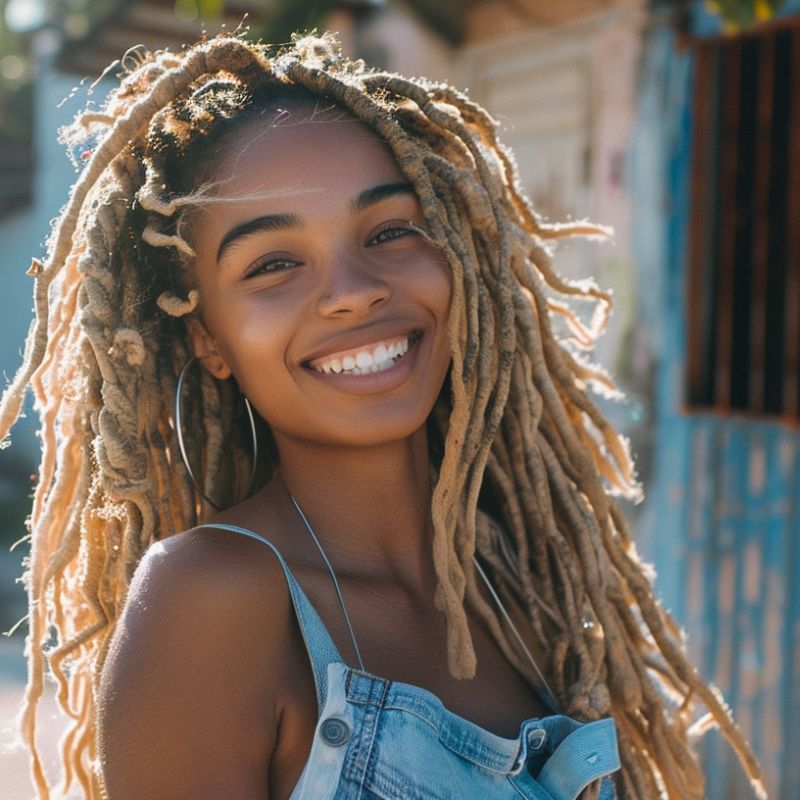
Despite their beauty, those with locs often face social challenges and stereotypes.
Misunderstandings about locs can lead to unwarranted judgment and discrimination.
Advocating for acceptance and education can help change these perceptions.
By sharing the truth about locs, we can break down barriers and foster a more inclusive society.
It’s important to stand proud and embrace your locs, knowing that they reflect your unique identity and resilience.
Together, we can shift perceptions and celebrate the diversity locs represent.
Environmental Impact
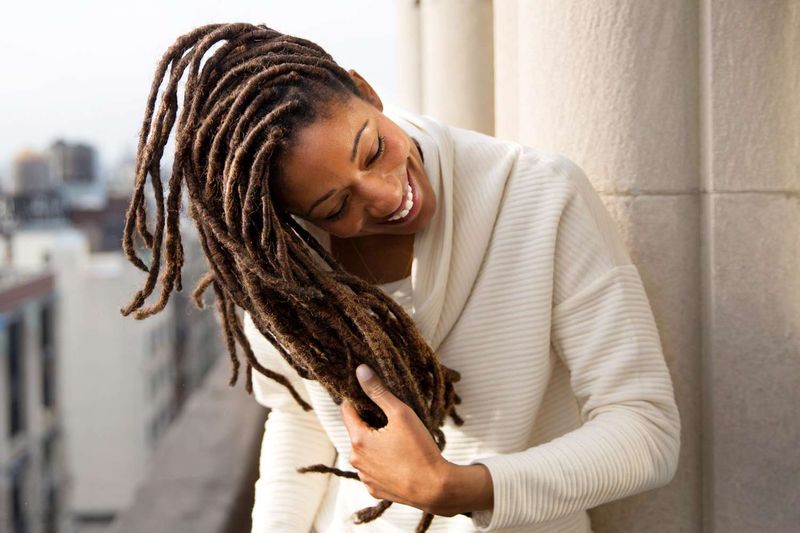
Locs often align with a lifestyle of sustainability and environmental consciousness.
The reduced need for chemical products and frequent washing can lower environmental impact.
Many who wear locs are drawn to natural, organic products, further minimizing their ecological footprint.
This connection to nature is not only philosophical but practical, as locs encourage a lifestyle that respects and preserves the environment.
By choosing locs, individuals can make a positive impact on the planet, one strand at a time.
Celebrating Diversity
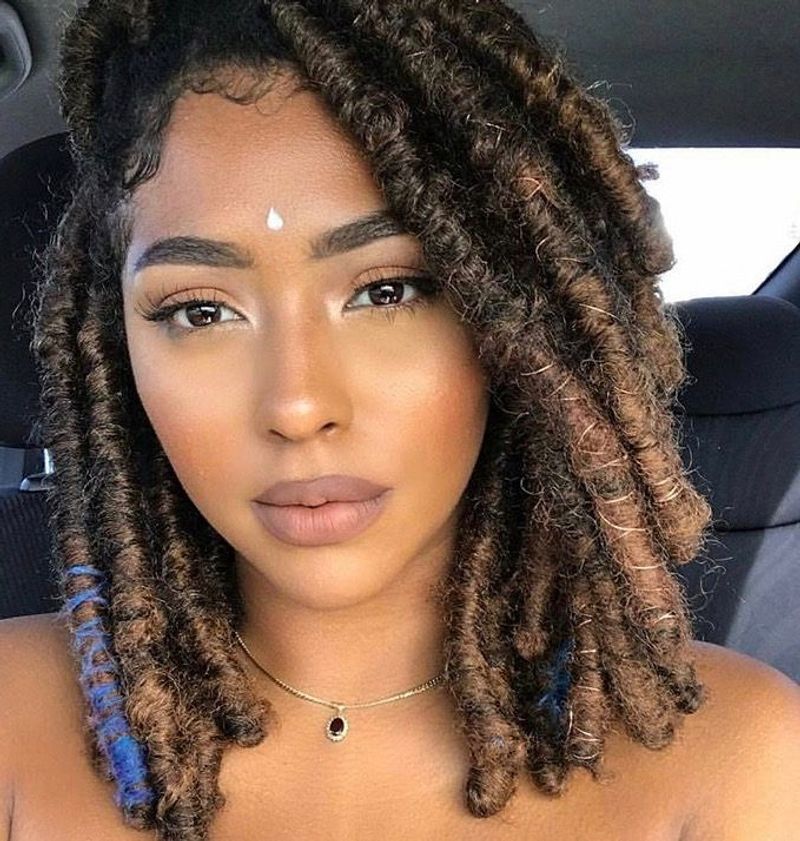
Locs are celebrated for their diversity, reflecting a myriad of styles and adaptations across cultures.
From the tightly coiled locs of African heritage to the looser, flowing versions found elsewhere, locs are as varied as the people who wear them.
This diversity is a testament to the universal appeal and adaptability of locs.
Celebrating the differences within the loc community enhances appreciation for this unique hairstyle and reinforces the idea that beauty comes in many forms.
Embrace the diversity of locs as a symbol of global unity.
The Secret Language of Locs
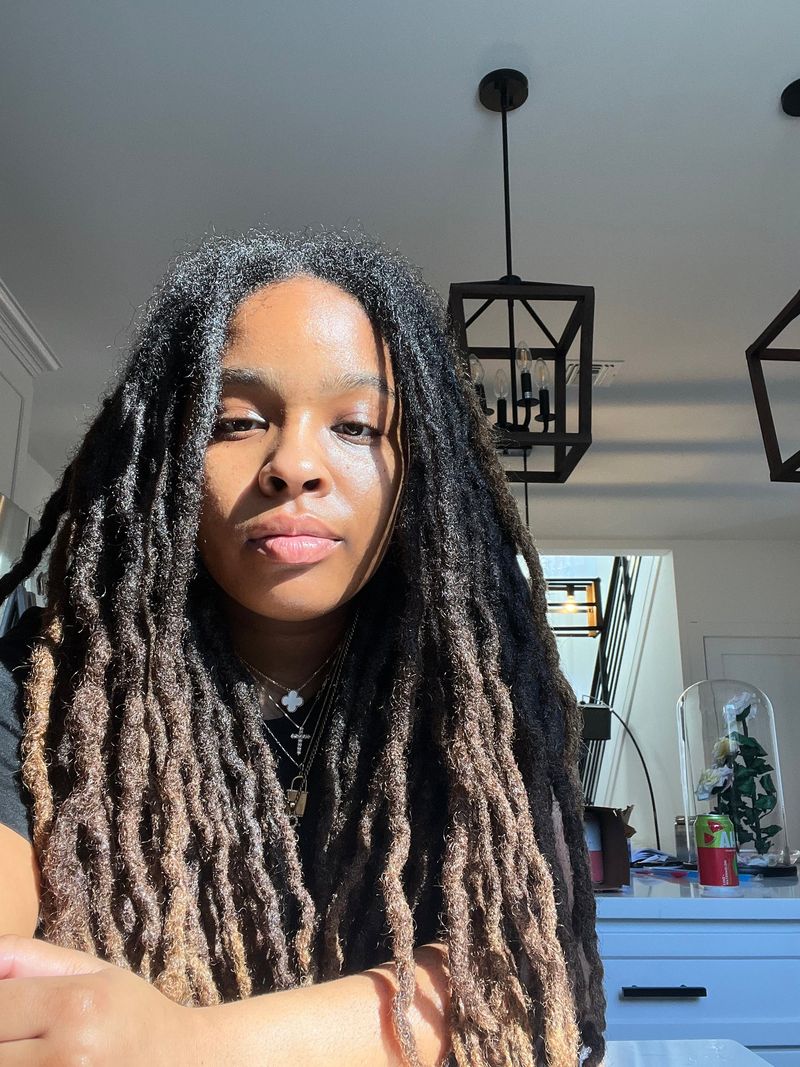
Imagine if locs could communicate in a secret language only understood by those who wear them.
Hidden within the twists and turns, locs could whisper secrets and stories of their own.
Each strand might symbolize a different emotion or thought, creating a tapestry of personal expressions.
This whimsical idea adds a layer of mystery and intimacy to the already rich culture of locs.
Visualize the sensation of your locs gently caressing your face, perhaps offering silent advice or capturing fleeting memories.
Such a notion deepens the connection between wearer and hair, making each loc a cherished confidant.
